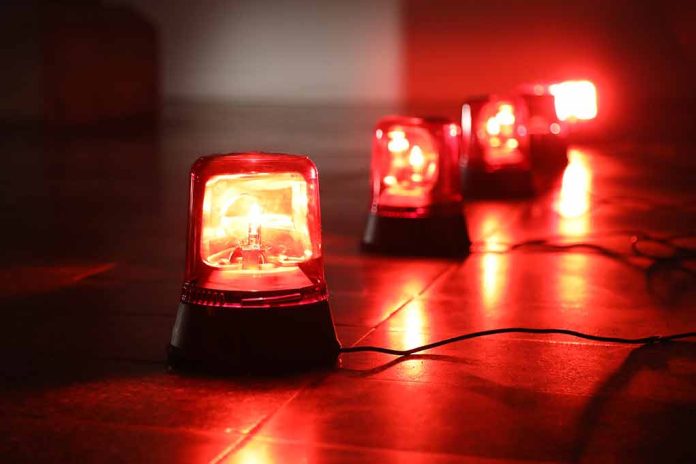
Russian military aircraft have been spotted near U.S. airspace for the fourth time in a week, raising concerns about national security and military relations between the two nations.
At a Glance
- NORAD tracked two Russian IL-38 military aircraft within the Alaska Air Defense Identification Zone (ADIZ).
- This marks the fourth such incident in a week, following interceptions on September 11, 13, and 14.
- The U.S. has deployed soldiers and mobile rocket launchers to Shemya Island in response.
- Russian activity in the Alaska ADIZ is not uncommon but has increased recently.
- The incidents coincide with rising U.S.-Russia tensions and joint Russian-Chinese military drills.
Russian Military Activity Near Alaska Intensifies
The North American Aerospace Defense Command (NORAD) has reported another instance of Russian military aircraft approaching U.S. airspace near Alaska. This latest incident, involving two IL-38 planes, marks the fourth such occurrence in just one week. The aircraft were detected within the Alaska Air Defense Identification Zone (ADIZ), a buffer area in international airspace used to identify potential threats to national security.
In response to the increased Russian military activity, the U.S. has taken swift action. Approximately 130 soldiers and mobile rocket launchers have been deployed to Shemya Island in the Aleutian chain of western Alaska. This strategic move demonstrates the U.S. military’s readiness to respond to potential threats in the region.
U.S. Military Response and Strategic Implications
The deployment to Shemya Island is part of a larger effort to bolster U.S. military presence in the area. Senator Dan Sullivan has mentioned the additional deployment of a guided missile destroyer and a Coast Guard vessel to the region. These actions underscore the strategic importance of Alaska and the Arctic in the ongoing power competition between the United States, Russia, and China.
“It’s not the first time that we’ve seen the Russians and the Chinese flying, you know, in the vicinity, and that’s something that we obviously closely monitor, and it’s also something that we’re prepared to respond to,” Pentagon spokesperson Maj. Gen. Pat Ryder stated.
The recent increase in Russian military activity near Alaska coincides with Russia’s extensive naval exercises involving over 400 vessels and 90,000 personnel.
Historical Context and Future Concerns
While Russian incursions into the Alaska ADIZ are not unprecedented, the frequency of these incidents has fluctuated. Last year saw 26 such incidents, with 25 recorded so far this year. The U.S. Coast Guard has also tracked four Russian Navy vessels in the Chukchi Sea, which briefly crossed into U.S. waters to avoid sea ice.
“As the number of adversarial exercises increases around Alaska and throughout the region, including joint Russian-Chinese bomber patrol, the operation to Shemya Island demonstrates the division’s ability to respond to events in the Indo-Pacific or across the globe, with a ready, lethal force within hours,” said Maj. Gen. Joseph Hilbert, commanding general of the 11th Airborne Division.
The situation has prompted calls for a more robust military presence in the Aleutians. Senator Sullivan has suggested reopening the Naval Air Facility Adak, which was closed in 1997. This proposal reflects growing concerns about the strategic importance of the Arctic region and the need for increased vigilance in the face of evolving geopolitical challenges.
Sources:
- US moves soldiers to Alaska island amid Russian military activity increase in the area
- ‘Hotspot’ Alaska! Russian Military Aircraft Storms Into Alaska ADIZ 4th Time; US Army Stages Unexpected Show Of Force
- Russian military aircraft detected off Alaskan coast for fourth time in past week, NORAD says
- Four Russian Military Aircraft Detected Near US Airspace
- Russian military aircraft again detected off of Alaska, NORAD says
- NORAD again tracks Russian military aircraft near Alaska coast















